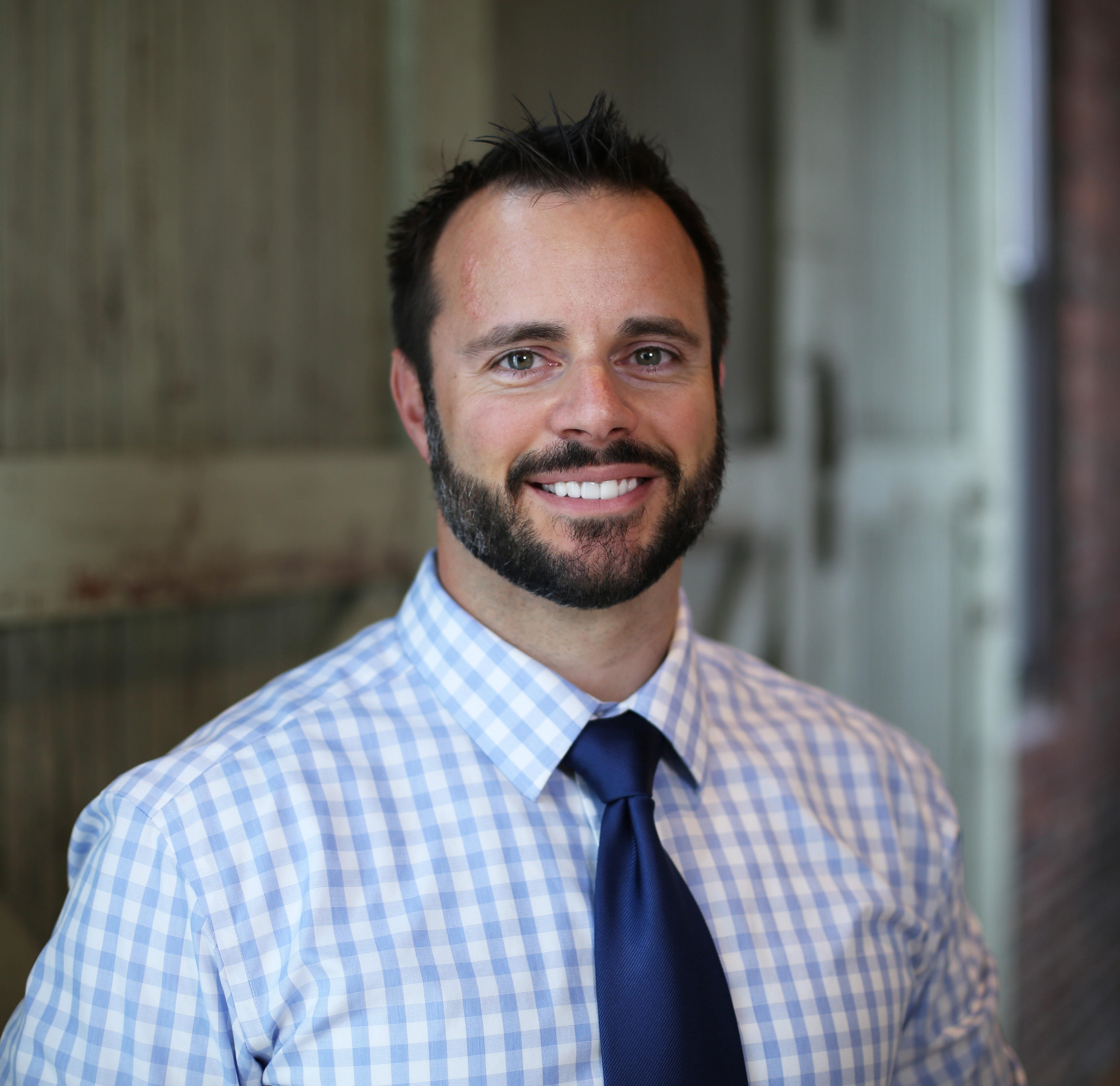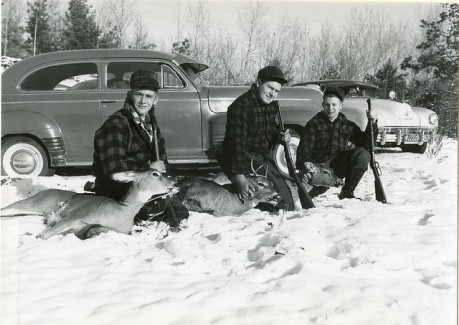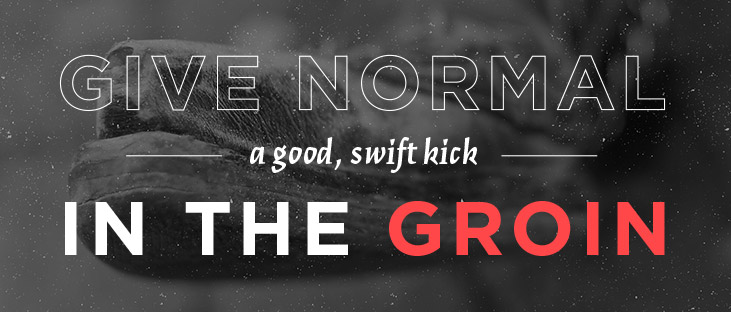How to Hunt for the Right Web Designer
So, you want to hire a web designer for your company?
This is where I’m supposed to say that you should just hire us instead of your own designer. But I won’t do that. Maybe you actually need a web designer on your team.
I can tell you from experience that finding the right person for this role can be daunting. Not that there aren’t talented people out there, but choosing just the right fit can be an exercise akin to creating a recursive closure in BASIC (my fellow nerds will understand that one.)
Still, it can be done. You just need to do some preparation.
There are four main questions that should help you sift through a field of candidates and pinpoint your perfect designer.
What role do you really need?
Before you post a job listing, be sure that you’ve correctly defined the title and role that you’re looking to fill.
Is a web designer what you really want? What about a web developer? Maybe some combination of the two?
There’s a lot of confusion out there about what role a web designer, as compared to a web developer or webmaster or other web-related roles, might play. In our world, a web designer is just that. They design for the web. Their primary goal is to work in Photoshop and InDesign and create designs that will eventually make their way to the web. A web designer is a vastly different role from someone who would take those designs and write the code that makes them work.
When we hire a web designer, we certainly prefer people who have a basic understanding of development. But, it’s rarely their role to do the actual code writing — just to understand how code works and what is possible in various environments.
If you need a person who can fill both a design and technical role, then make sure that is included in your listing.
What’s more important: Creativity or consistency?
Some designers tend to do well and enjoy following set styles. Others constantly seek to push for new methods, ideas and designs.
Inside our agency, we value creativity over consistently following set styles, because our designers work on a wide range of projects for all sorts of clients. Creating consistently good work is a table stake, but providing a consistent style isn’t as important to us as creative ideas for how to make the best possible designs.
For your organization, this might be the opposite. You may be seeking a designer who is able to follow set styles well and who isn’t usually tasked with coming up with entirely new ideas or concepts. Consider how your organization operates and which of these traits is most important. Then, compare that to the candidates you have and determine which ones are able to best meet your needs.
Does their style fit your style?
Every designer has styles that they tend to gravitate toward. They may be minimalists at heart who seek clean looks and plenty of white space. Or, they may be more eclectic and crave patterns and textures. They may use flashy, bold fonts and colors, or tend to work with smooth and elegant typefaces.
Your organization also has a style. It’s important that these two match. On a fundamental level, most designers are able to work outside of their niche, but they work best within a style in which they know and understand.
Would I discredit any designer entirely if their style didn’t match the type of work that we do? No, but if it was a deciding factor, we find that designers who most closely align their personal tastes with our visual direction as an organization have the best time working here.
Will they fit in with your team structure?
This is a big consideration that many people overlook. Non-design staff, in particular, tend to see a designer as a designer, but designers often work in many different environments.
Some are used to having complete creative control, where they are in charge of their own design and do what they think is best. Others are used to having a single art director who helps them refine and improve their work. Others yet have multiple layers of oversight, from an art director to a creative director who each see and approve work before it goes out the door.
Understanding in what kind of environment your candidates work best and see if it lines up with your current and future team structure.
So, that’s it, right? You’ve found the perfect designer? I hope not. We haven’t even discussed talent, color choice, photography, or any of the other factors that makes a great designer great.
But, this should at least give you a starting point for your process and some ideas for what to consider when finding the right talent. Happy hunting!



